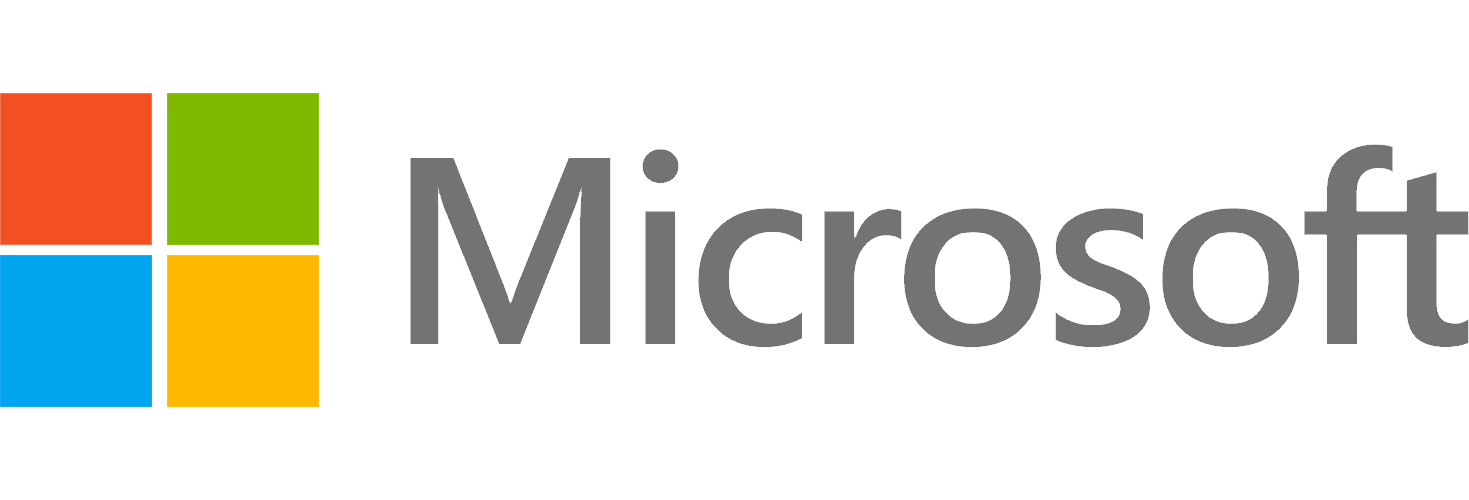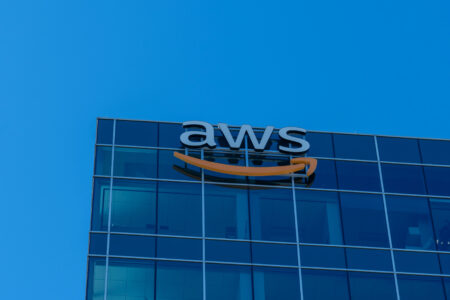
In this vendor ranking segment from the Acceleration Economy course The Cloud Wars Top 10: How It Works, Why It Has Shifted, & How CXOs Use It, I share what differentiates Microsoft, which is #1 on the Cloud Wars Top 10 ranking.
This episode is sponsored by Acceleration Economy’s “Cloud Wars Top 10 Course,” which explains how Bob Evans builds and updates the Cloud Wars Top 10 ranking, as well as how C-suite executives use the list to inform strategic cloud purchase decisions. The course is available today.
Highlights
It’s been about three years since Microsoft overtook AWS to grab the #1 spot on the Cloud Wars Top 10, and it’s held onto it ever since. There are many reasons why Microsoft continues to hold its lead in the Cloud Wars ranking:
- In the early cloud era, Microsoft came in with a different model than its competitors, which viewed the cloud as infrastructure. But Microsoft saw the cloud encompassing all parts of a customer’s digital estate — the desktop, data center, analytics, cybersecurity, enterprise applications, and many things in between.
- Microsoft kicked the door open to generative AI with its OpenAI partnership and GitHub Copilot, and others came pouring through. CEO Satya Nadella deserves tremendous credit for not only seeing the potential of generative AI but putting it into production quickly with its lineup of Copilot-branded applications.
- The enormous size of Microsoft’s cloud business, with $115 billion to $120 billion in cloud revenue annually, enables it to operate at a huge scale.
However, when generative AI emerged, Microsoft could have done a better job of explaining how it will help customers. Nadella said AI is the “new computing platform,” but he didn’t describe what role the cloud plays in generative AI. Microsoft needs to do a better job of putting the customer’s benefits first when articulating the power of the cloud and generative AI.









